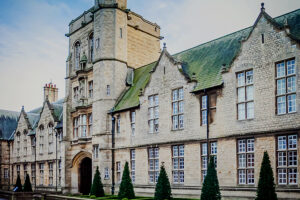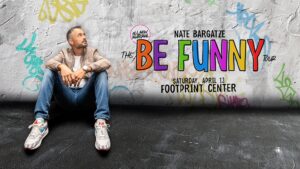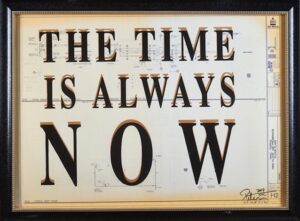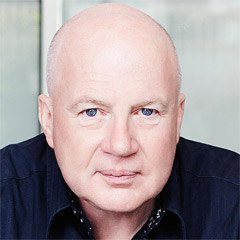In our crisis plagued world there has never been a better time to look to the past and learn what’s truly important. Recently I saw a work of art that did exactly that. At the time it was installed in the Auckland War Memorial Museum, but it is now on display at the Memorial Museum Passchendaele in Belgium. The title of this powerful installation is “Falls the Shadow” and its creator is New Zealander Helen Pollock.
To understand the power of Helen’s work, you first need to comprehend the emotional intensity of the word “Passchendaele” that still resonates in New Zealand, the country I call home. We’re talking about a farming district in Belgium that is not too far from being exactly on the other side of the world from New Zealand. During World War I, Passchendaele was the scene of a terrible slaughter. Seventeen thousand New Zealanders died alongside their British, Canadian, and Australian compatriots and 41,000 returned home wounded. In a country the size of New Zealand, this was a huge trauma on such a scale that the nation has struggled to deal with it ever since. The obvious question to begin with is to ask why New Zealanders were even there, and the answer is both complex and simple. They were there because they were soldiers. They were there in service of their country. They were there to defend what they still called the Mother Country. The United Kingdom. Since the 1960s, these ties of heritage, commitment, and blood have been relentlessly – and in my opinion, inexcusably – gnawed at by the British in their desire to join economically with Europe. However, the historical reality remains on mainland Europe.
Helen Pollock’s father was one of the soldiers on the muddy fields of Belgium. He was a boy who came through the war, and like so many others, put his memories in a bottom drawer, never speaking of his profound experiences. The horror of friends dying so far from home, the loneliness, deprivation, and awkwardness that greeted their return to New Zealand after the fighting was done. Historian Ray Grover explains in March to the Sound of the Guns how returned soldiers learnt fast that people didn’t want to know of their experiences. “We know it was nasty but your mother gets upset when you tell her things like that.”
Opening the drawer with her father’s memories was a revelation to Helen. Out of it the past poured into her imagination and helped shape a series of compelling sculptures that literally connect physical realities. Helen arranged for clay to be scraped from the fields of Passchendaele and combined it with clay from New Zealand’s Coromandel region in her Auckland studio to make her work. Long russet-colored arms reaching up from the past echo the blasted trees of this devastated place as well as signal the indestructibility of the human spirit. It is a sculpture that calls out the futility of war as well as celebrates the courage, humility, and emotional resonance that is its legacy. It strikes me that these three ideas alone are solid foundations for dealing with our own current crisis. Courage, humility, and emotional resonance. From the past to the present and pointing the way forward.





